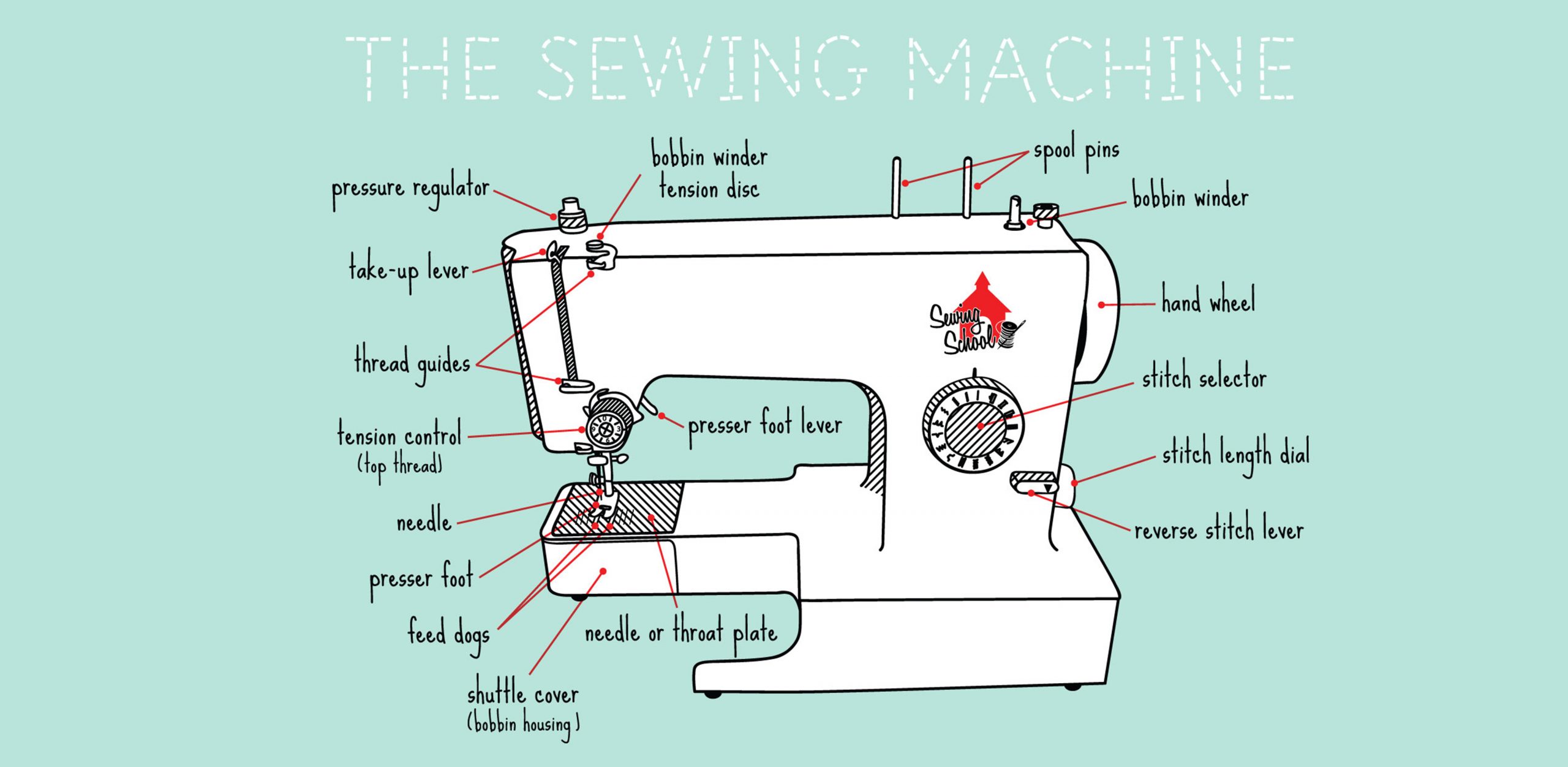
Learn how to Set Up your Sewing Machine with these Easy Steps

– Step 1 –
Place your Machine on a sturdy table, make sure to give yourself enough room around the table for placement of fabric and tools.
– Step 2 –
Install the needle securely.
Make sure the flat end of the needle is facing you and insert the needle into the post of the mach9ine & tighten the screw.
– Step 3 –
Thread your Bobbin
A machine uses two thread sources, a top thread and a lower thread, stored on a bobbin. To wind the bobbin, place the bobbin spool on the bobbin winder on the top. Follow the guides, and wrap the thread from the thread spool around the guide and to the bobbin.[4] Turn the bobbin winder on, and wait for it to stop automatically when the bobbin is full.
– Step 4 –
Thread the Sewing Machine
The spool of thread resides on the top of the sewing machine, but must be unwound and attached to the needle. To do this, take the thread and pull it through the thread guide at the top, and then down and around the takeup lever. There should be small numbers and arrows printed on the machine showing the way in which to thread the machine.
– Step 5 –
Get both threads from the spool & bobbin out
You should now have the ends of two threads, one from the needle and one coming up from below from the bobbin.
Hold the needle thread taut, and towards you in your left hand. With your right hand, make one complete needle down/up revolution by turning the hand wheel toward you. Now pull up on the needle thread that you are still holding with your left hand. The bobbin thread was caught when the threaded needle went down and up and is now looped over the needle thread.
Pull on one side of the loop to bring up the bobbin thread tail, or just release the needle thread and pass a pair of scissors between the presser foot and plate to pull the looped bobbin thread out.
– Step 6 –
Plug in the machine & turn it on.
Many sewing machines have a built-in light, which is often a good way to tell whether there is power to the machine. The power switch will usually be on the right side or back of the machine, if there is one. Some machines don’t have a separate switch, in which case they’re turned on as soon as they’re plugged in.
